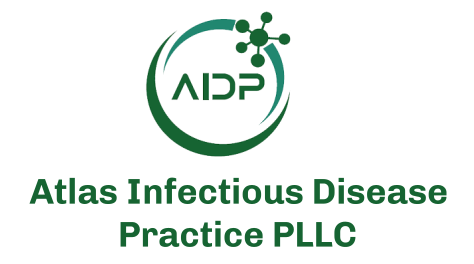At MAD-ID 2025, Elizabeth Dodds Ashley, PharmD, MHS, professor of medicine in the Division of Infectious Diseases at Duke University School of Medicine, facilitated the session “NHSN AUR Applications: Time to Focus on AR,” guiding clinicians through how to apply national reporting tools to improve antibiotic stewardship and resistance surveillance. Dodds Ashley explained new requirements under the National Healthcare Safety Network (NHSN)’s Antibiotic Resistance (AR) Option.
“Yeah, so it’s a little bit of a changing landscape,” she said. “The first year that it was required to report for US hospitals was 2024, and in that year there is a targeted list of pathogens and antibiotics that you need to report for. There’s some additions to it. Predominantly, there’s Enterococcus, Staph aureus, the Enterobacteriaceae, some gram-negative pathogens, as well as Candida. Group A strep is being added for 2025 and just from targeted body sites.”
Dodds Ashley noted that the scope is expanding: “In 2024: urine, blood, lower respiratory tract, and CNS. And in 2025, we’re adding skin and soft tissue wounds and musculoskeletal infections. Yeah, so it’s growing with time. You report an event—an event is basically a positive culture with one of the pathogens from one of the targeted sites.”
The antibiogram data that hospitals can generate from the NHSN AR Option differs from what clinicians may be used to seeing. “The antibiogram you get out of NHSN is different than the antibiogram we’re used to using in our hospitals as part of a stewardship program, and a lot of that is because of the data that goes in,” she explained. “The antibiogram for our hospital takes pathogens from all culture sites and aggregates them. And because we only are putting targeted body sites into NHSN right now, that is a more limited snapshot of the antibiogram.”
“I think that the NHSN antibiogram is very useful for saying, ‘Oh, do we see resistance that we would expect with the antibiotic use we’re seeing?’ etc.—are we using the drugs for very resistant pathogens? But it doesn’t replace the hospital-wide antibiogram that our micro labs create every year.”
Dodds Ashley also highlighted how clinicians can use NHSN outputs like the Standardized Resistant Infection Ratio (SRIR) to drive interventions.“In terms of output in NHSN, there are two risk-adjusted metrics. One is the SRIR—the standardized resistant infection ratio—and that tells you, in an observed-to-predicted ratio fashion, you know, are you seeing more of a resistant pathogen than we would expect?”
“Those are calculated just for hospital-onset infections, which are defined as those occurring after the third day of hospitalization.” She gave a practical example, “So where we’ve been able to use it is when we see high rates of drugs, for example for MRSA, we can go in and say, ‘Well, you aren’t seeing more than predicted, and you’re using a lot more than all the other hospitals.’”
“This is how we can have a target. And being able to give clinicians that confidence that we’ve looked at it, and there’s this risk-adjusted fashion to say we really don’t have more of a resistant pathogen here, gives them confidence to not use these broad-spectrum drugs for resistant infections as much.”






